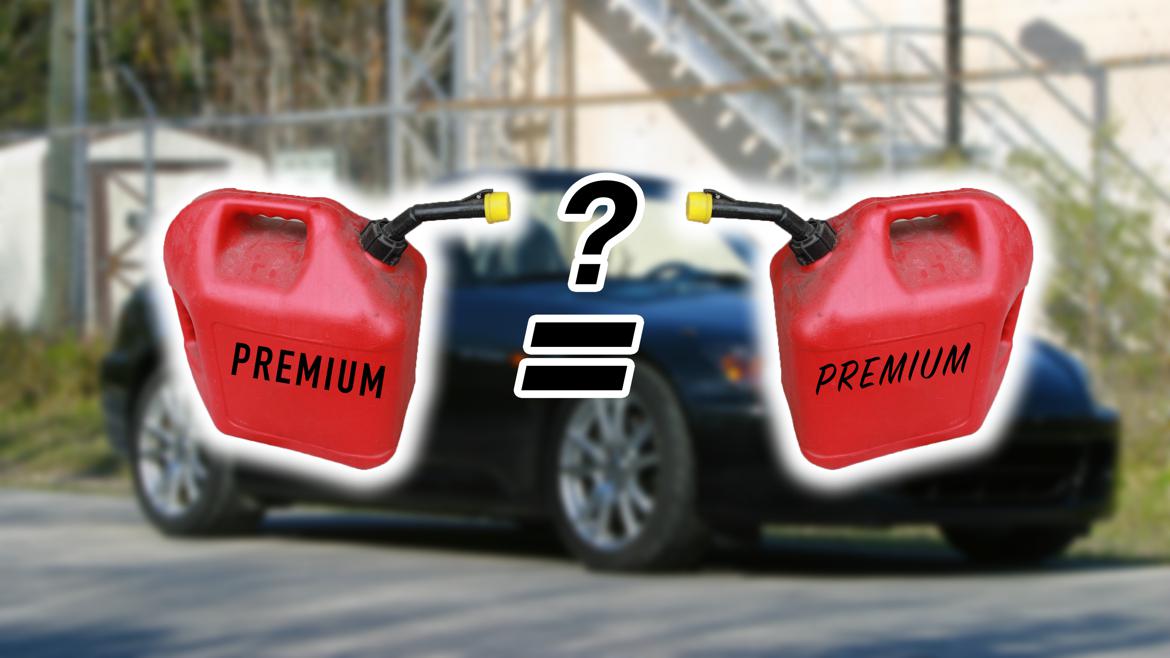• What separates a race fuel from a street fuel?
• The science of high-octane fuel
• What happens to gasoline as it ages?
• Ethanol or not for your gasoline?
• Does all E85 contain 85% ethanol?
• Why does E85 run cooler and make more power?
• More oxygen for more power?
• Why not methanol?
• What's lead got to do with it?
• Picking the proper gas regarding lead and oxygen
• Narrowing the fuel field
• 91 vs. 93 octane
• Why top tier street fuels matter
• Fueling your boosted engine
• What fuel to feed a rotary engine?
• Lawn and garden equipment needs the proper fuel, too
• What is vapor pressure of gasoline and why should you care?
• What is specific gravity of gasoline and why should you care?
• Adding additives to your fuel. | Yes or no?
• What's really in that fuel additive?
• Antioxidants, fuel stabilizers, and you
• Winter fuels for wintertime
• Fuels for a post-apocalyptic world
• Need help selecting a fuel? Call the experts.
• Gas station basics that aren’t that basic
• How dirty fuel can lead to a dirty engine
• Is all premium gas the same?






























